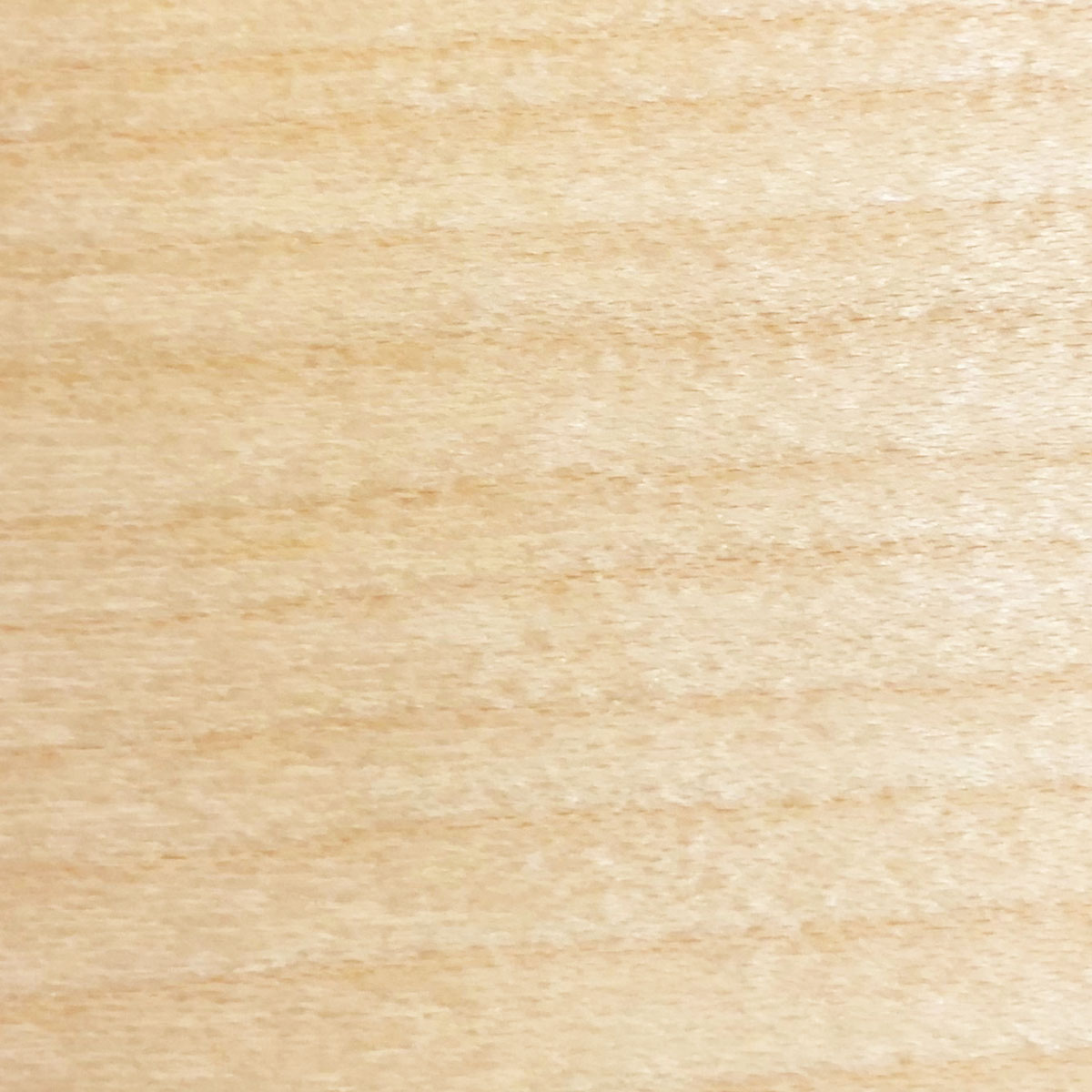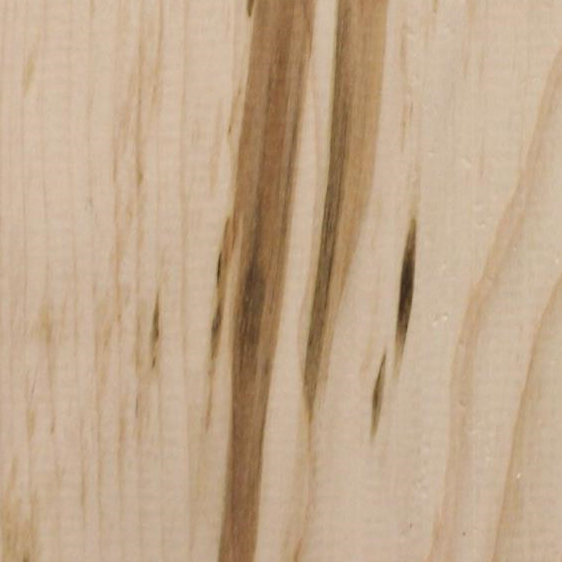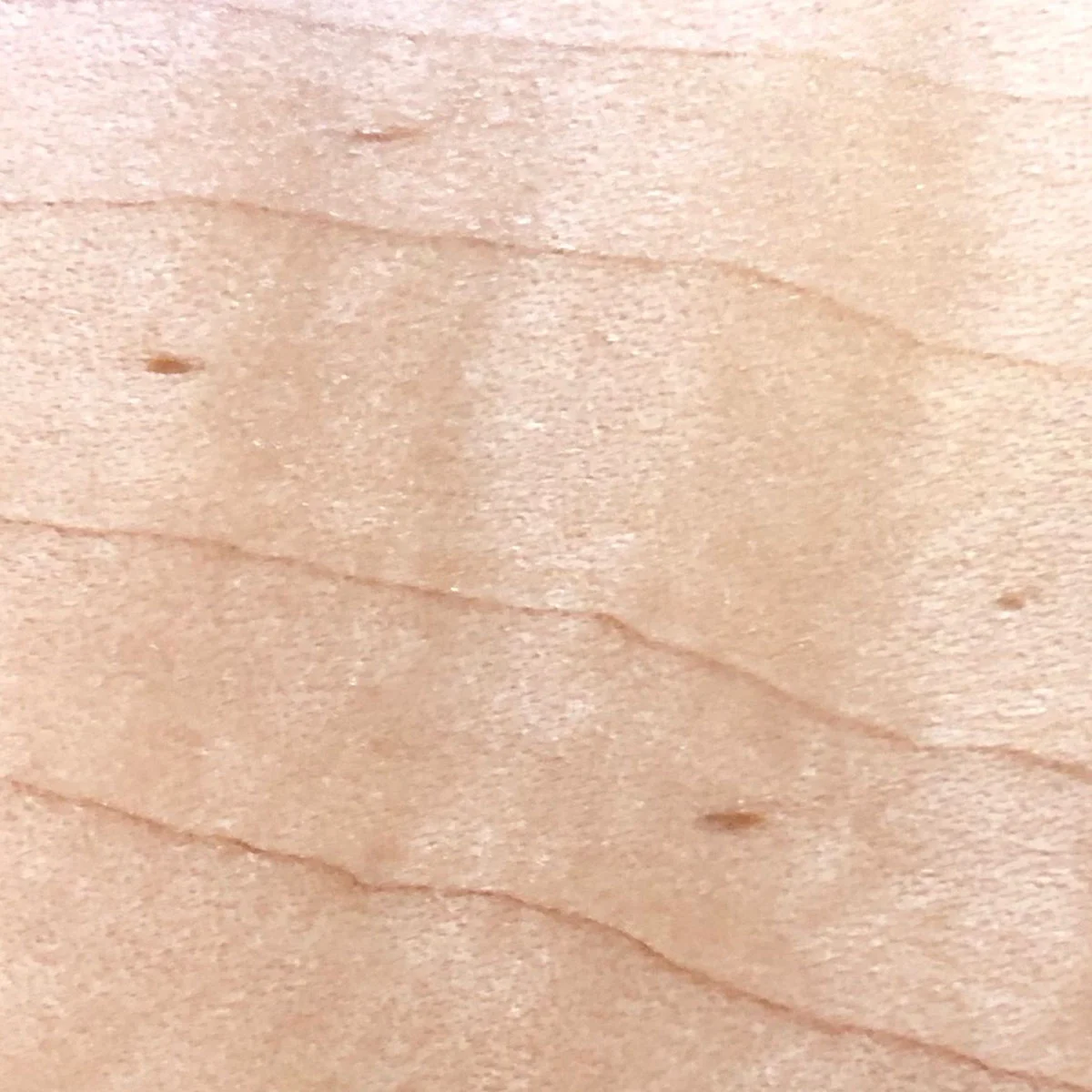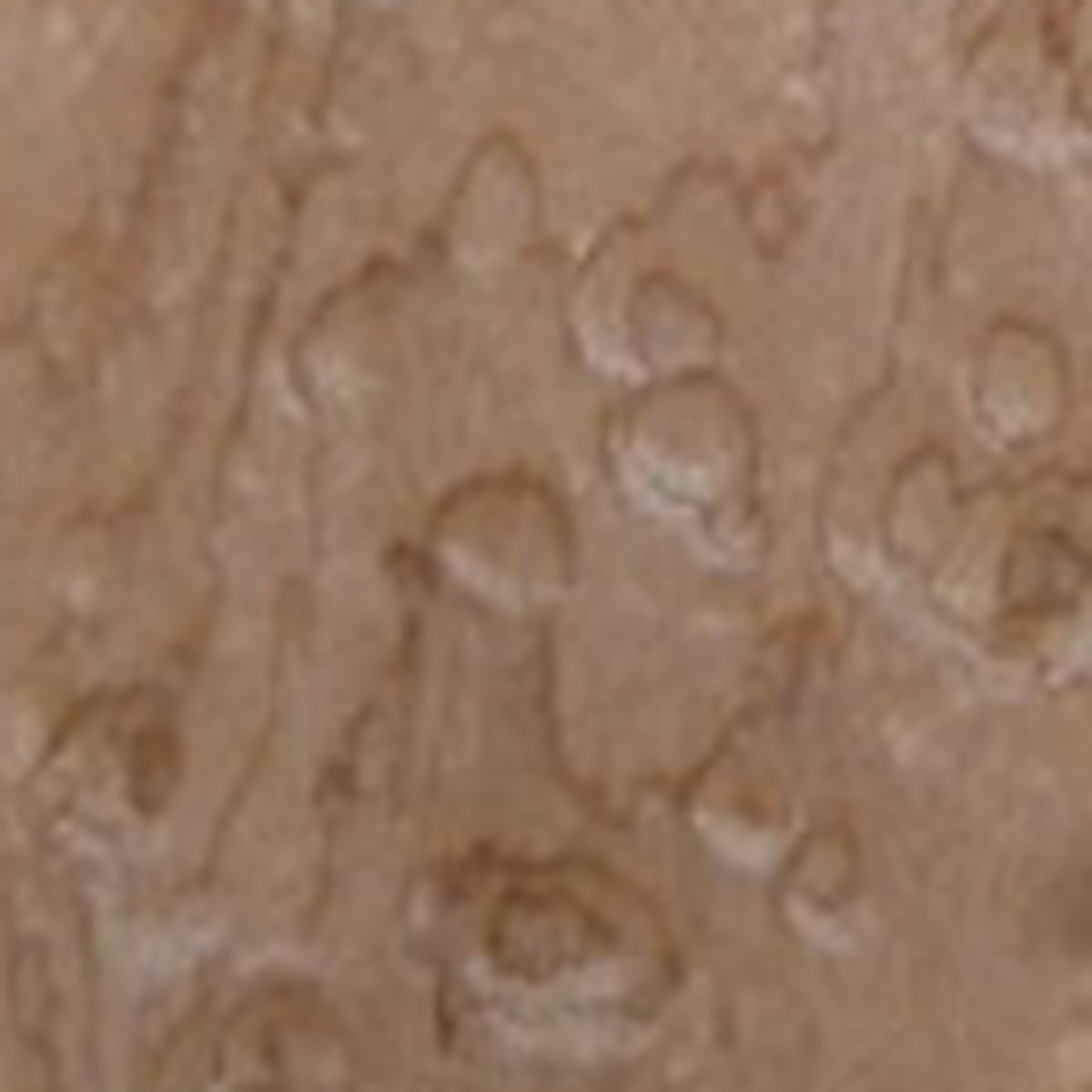“What is this mark on my harp?”
Every harp we build is handmade out of wood, making every single harp just as unique as the owner. Every grain, streak, color and mark tells a story of the growth of the tree your instrument is made of. All of our harps are handmade from wood hand selected by master luthier, William Rees. He knows how to quickly spot great tone woods from the average to give your instrument the best voice possible. Not only is William a professional luthier of over 45 years, he was also previously a biology teacher, so he knows the ins and outs of your harp, and also the growth of the tree that your harp is made from.
Pretty cool, right? So, what story does your harp tell?
Wood Grain
Every piece of wood will have what is called wood grain. These are the lines that naturally appear in all lumber from the growth of the tree.
Bark Pocket
If the outer layer of the tree, the bark, is damaged the tree will heal itself and often creates bark pockets. A tree can be damaged from weather, animals, humans and insects and as the tree heals by forming a new layer of growth, this creates those dark little pockets you see in lumber.
Knot
These markings are called knots, or nodes, left from where the branches collected nutrients from the trunk of the tree.
Gum Pocket
As trees age, the inner part of the tree becomes dead, as the outer layers are actually what keeps the tree alive and supplying nutrients. Gum lines carry nutrients throughout the tree. The outer layer is called sapwood, the inner part of the tree is called the heartwood. Within the heartwood, where the xylem tubes have blocked up with resins, the gums stop working and they die, turning black creating these dark marks called gum pockets.
Sugar Mark
Sugar marks are very common in hard maple. These streaks of color are due to the the tree creating sap.
Mineral Streak
These dark lines are from when the tree absorbs and deposits carbonate minerals from the soil. Some can be very thin and appear as a crack, but are actually just the vessels and cells fill with these accumulated carbonates. (These are Melissa’s favorite markings.)
Pith Fleck
Wood boring insects create tunnels in the cambium, the layer under the bark, of the tree. As the tree grows and heals it fills these voids with scar tissue creating these tiny marks..
Curly Figure
William and Kevin love getting their hands on curly figured wood. It’s gorgeous and not always easy to find. Older trees develop bumps and roughness in the trunk and it creates these fluctuations of shine making the wood appear to have a silk texture.
Bird’s Eye Figure
These little specks in the wood almost appear to be the eyes of little birds. Scientists still do not have a complete understanding of what causes this effect in the wood. This is a very sought after wood type as it is not as common.
Markings listed above are impossible to avoid and all wood has these characteristics. William loves hand picking our lumber and choosing woods that will produce the best tone. We believe in the natural beauty of wood instead of the sterile, faux woods that are used nowadays on furniture and housing, however we understand a lot of people just don’t know about these things. But we can assure you that any mark on our lumber is natural from the growth of the tree it is made from. Our lumber never has mold, marker or burn marks. Never. But every single harp we make has at least one, and generally several, of the marks pictured above. Every tree is different and these distinctive marks can be much larger or much smaller, much darker or much lighter, or more or less defined than pictured above. They are the marks which make your harp both individual and unique.
“but my flooring/cabinets/Furniture/etc Does not have these marks…”
“Flawless” lumber is bleached to hide these markings by a carpenter or cabinet maker. We refuse to hide the natural characteristics and beauty the trees created… plus, we really don’t want to put bleach in our instruments.
Why does the wood of my harp look different colored at different angles?
Ah, more science! Pamela Rees has a PhD in physics from MIT, so she understands this optical phenomenon more than anyone. As trees grow they create annual rings. Looking at the cross section of a log, the light reflection is scattering from the inside of the cells receiving light, making it appear that a board can be different colors as you move around different angles of it or even different lighting.
“I have had my harp a few years, it seems to have changed color, why?”
Just as copper can oxidize, so can wood. In copper, oxidation is not a preferred look but in wood the oxidation deepens and highlights the color palate within the wood. Wood absorbs UV rays and over time can change color. You’ll notice cherry can change quite a bit, going from a honey color to a deep reddish brown, as seen below. Walnut can lighten a bit and maple can get more honey colored.











